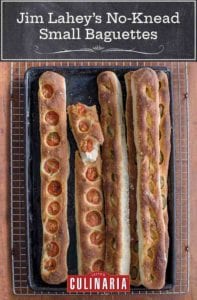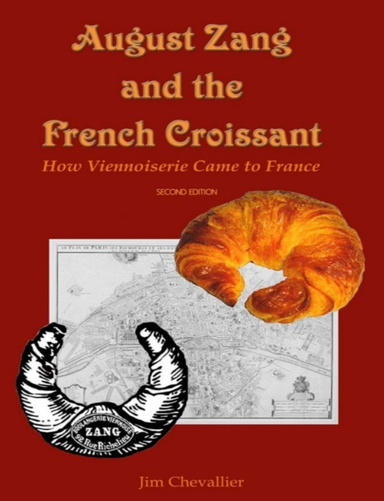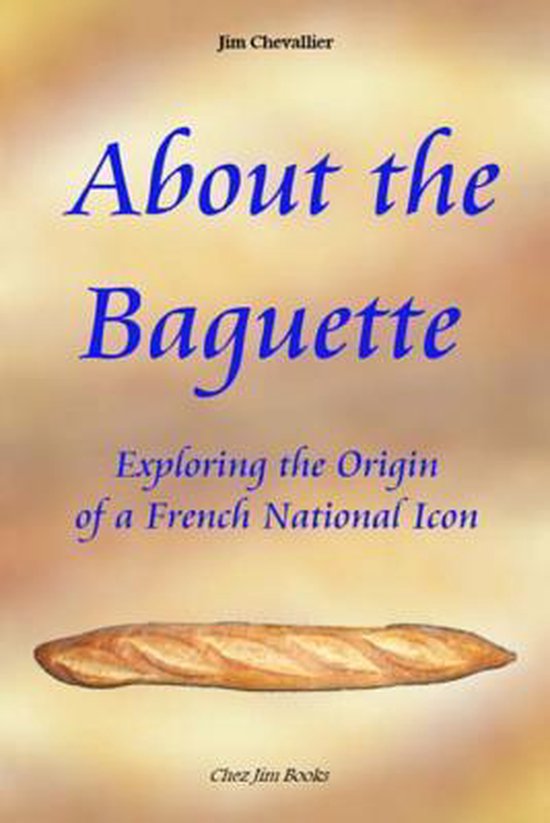

(A separate post because this wouldn't fit in the REAL HISTORY post) #baguette #bread myths #August Zang #History of French breadįears of rising baguette prices pose crunch for the French

In 1917 the New York Times even published a recipe for it."

The baguette - originally a very narrow bread like today's ficelle - was already familiar in Paris at the start of the century, long before the law in question. But there is no evidence the law was ever fully implemented and in fact today French bakers still work through the night (though for a supplement). Which is exactly the aspect highlighted in the myth about the law on night work, that its shape supposedly made it quicker to bake. Nor is the baguette defined by its crust it is above all famous for being long and narrow and that is what most struck Americans about it. Zang did indeed introduce the steam oven to Paris, but there is no evidence he made anything like the baguette (he did make the pain viennois, which today LOOKS like a baguette but it didn't in the nineteenth century). The main shape for French bread since the eighteenth century was long and narrow - "like a flute," said Parmentier. It is so depressing to see the same recycled myths about Zang and the baguette. "I am a bread historian I have also written a book on August Zang. Here is another myth-riddled article about the baguette. Being a bread historian is like baling a battleship with a thimble.


 0 kommentar(er)
0 kommentar(er)
